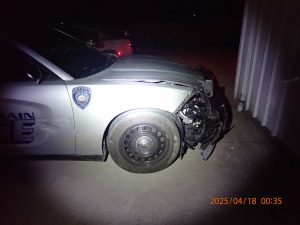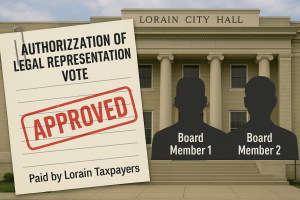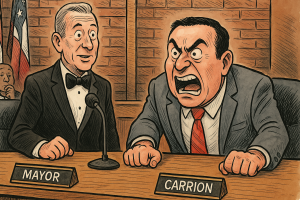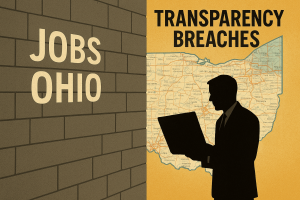The Attempt to Rewrite an Exoneration: Inside Prosecutor Tony Cillo’s Extraordinary Attack on the Nancy Smith Case
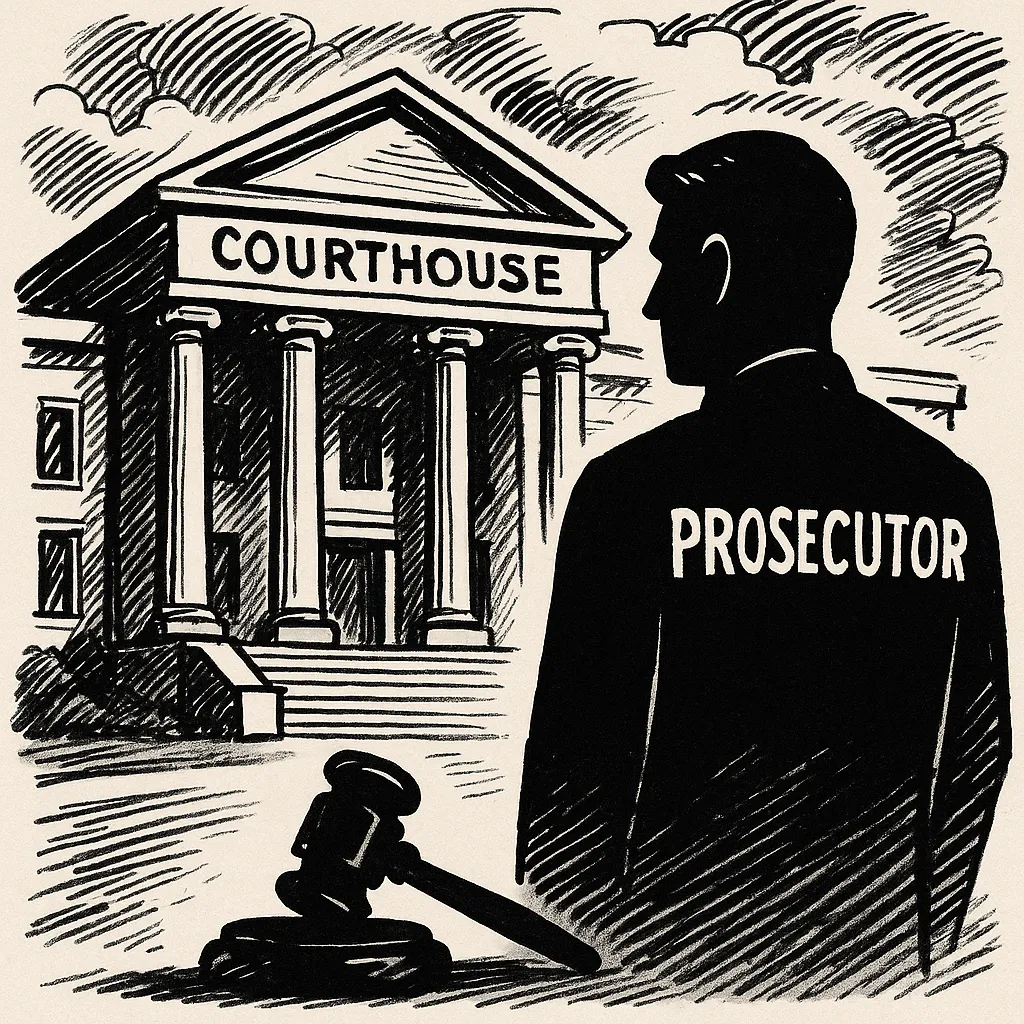
How a decades old wrongful conviction is being dragged back into court, and what this dangerous motion would mean for every exoneree in Ohio.
Nov 13, 2025
By Aaron C. Knapp, BSSW, LSW
Editor, Lorain Politics Unplugged / Unplugged with Aaron Knapp
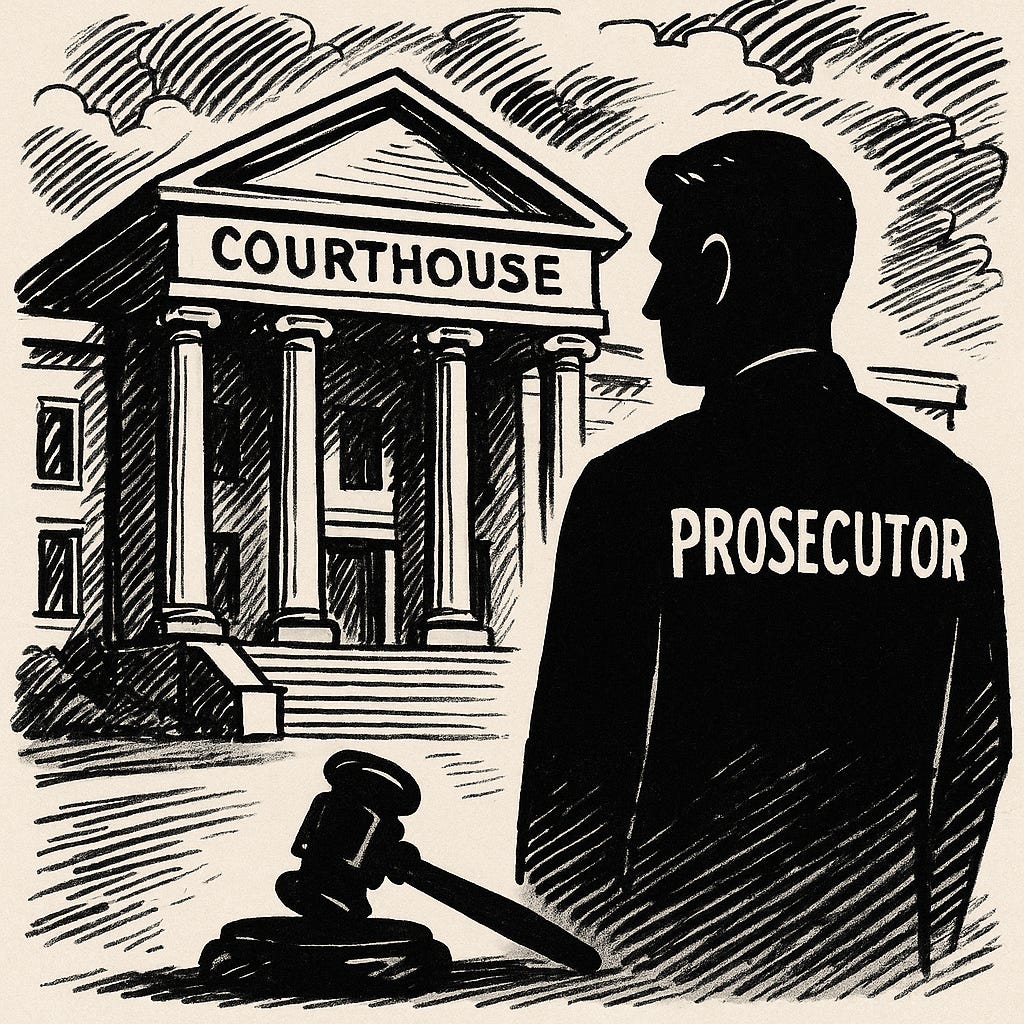
Introduction
The Head Start case has haunted Lorain County for nearly three decades. It began during a time when the country was swept up in a tidal wave of fear about ritualistic child abuse, manufactured conspiracies, and sensationalized investigations. Many of those cases have since collapsed under scrutiny. Most have been recognized as products of panic and flawed police work. But in Lorain County, two people, Nancy Smith and Joseph Allen, spent years behind bars for a case that was riddled with inconsistencies, recantations, and not a shred of physical evidence. It took decades for the system to finally admit it got the case wrong.
In 2022, when County Prosecutor J. D. Tomlinson dismissed the charges, it seemed like the county had finally reached the end of a long and painful chapter. The nightmare appeared over. The system had acknowledged the truth. Two people who had lost decades of their lives finally walked with the legal dignity they deserved.
But the story is not over. Not if current Lorain County Prosecutor Tony Cillo gets his way.
With a filing that spans three hundred pages and reads like a list of grievances rather than a legal argument, Cillo is attempting to drag the case back into court. He is not just questioning the process. He is trying to erase the exoneration entirely, claiming the correction of a wrongful conviction was not only improper but fraudulent. He is trying to turn back time. He is trying to rewrite history. And he is doing it right before Nancy Smith’s wrongful-conviction lawsuit reaches its critical stages in federal court.
This motion threatens far more than the Smith case. If it succeeds, even partially, it will destabilize how Ohio handles wrongful convictions, discourage prosecutors from correcting past errors, and place every exoneree in danger of having their freedom questioned whenever a new prosecutor dislikes an old decision.
This is not a legal course correction. It is a political maneuver wrapped in legal clothing.

What Cillo is actually alleging
A closer look at the accusations beneath the theatrics
To understand how extraordinary this motion is, it is important to unpack what Cillo is actually claiming. His filing presents itself as a revelation, as if he uncovered a conspiracy operating behind closed doors. But when you peel back the language and examine what he is pointing to, the accusations dissolve into ordinary, lawful interactions between attorneys trying to correct an injustice.
Cillo suggests that the events leading to Smith’s exoneration were illegitimate. He accuses Tomlinson of crafting a secret deal. He accuses former judge James Burge of engineering a hidden plan.
He accuses the Ohio Innocence Project of orchestrating a scheme to manipulate the court. He claims that informal communications, strategy discussions, and negotiated amendments amounted to “one of the most flagrant frauds upon the entire state of Ohio in recent history.”
This description bears no resemblance to the actual record.
Amending sentencing agreements, revisiting old cases, and collaborating with innocence advocates is not fraudulent. It is the ethical responsibility of prosecutors when they uncover evidence of a wrongful conviction. Prosecutors are not required to adopt a combative posture at all times. They are expected to pursue justice, even if that means cooperating with the defense when the evidence indicates they convicted the wrong person.
Nothing in the emails, communications, or strategy discussions suggests impropriety. Instead, they reveal a prosecutor’s office grappling with a deeply flawed case and taking the steps necessary to correct it.
Yet Cillo treats cooperation as corruption. He treats transparency as wrongdoing. He treats the correction of a miscarriage of justice as if it were a criminal enterprise.
He focuses heavily on the 2013 sentencing agreement, claiming Tomlinson had no authority to modify it. This is misleading. Prosecutors amend agreements frequently. Courts approve clarifications when justice requires it. Nothing about these processes is unusual. It is only in Cillo’s retelling that they become suspicious.
The allegation that Tomlinson lacked authority is not supported by law. The suggestion that an amended agreement is fraudulent is not supported by precedent. And the idea that private communications between attorneys constitute a hidden scheme is not grounded in reason.
The filing stretches small points into sweeping accusations. It long-jumps from routine conduct to claims of conspiracy. It misrepresents normal post conviction work as something nefarious.
Nothing in this resembles genuine fraud. It resembles something else entirely. It resembles a prosecutor who is aggressively trying to undermine an exoneration because the county, under his administration, is now being sued for wrongful imprisonment.
Does Cillo have any legal standing at all, or is this a political diversion dressed up as a legal argument
At the heart of this issue is the question of authority.
Does a prosecutor have the power to undo an exoneration years after it becomes final.
Does a court have the jurisdiction to reopen a case long after the window for appeal has closed.
Does the doctrine of fraud on the court apply to routine attorney communication, negotiated amendments, and cooperative innocence work.
The answer to every one of these questions is no.
Once charges are dismissed with the court’s approval, the case is over. It is final. The only mechanism to challenge such a decision is a timely appeal, which is bound by strict deadlines. Those deadlines expired long ago. The law does not allow a newly elected prosecutor to walk into court and throw out years of final judgments because he disagrees with them or because they complicate the county’s defense in federal court.
To overcome this problem, Cillo invokes “fraud on the court.” But this doctrine is not a catch-all. Courts reserve it for the most egregious circumstances: forged documents, fabricated evidence, bribed judges, or actions that fundamentally undermine the justice system. Nothing in Cillo’s motion comes close.
There was no fabricated evidence.
There were no forgeries.
There were no secret rulings created outside the judicial system.
There were no bribes, no coercion, no corruption.
There were emails. There were communications. There were discussions. There were decisions made openly in filings and in courtrooms.
If those are now grounds for claiming fraud, then nearly every innocence case in the country is illegitimate.
The whole premise collapses under legal scrutiny.
This motion is not about law. It is about optics. It is about politics. It is about shielding the county from liability as Smith’s federal lawsuit proceeds. And it is about a prosecutor attempting to reframe history in a way that protects the institution he leads.

What happens if Judge Burnside entertains this attempt to undo an exoneration
The catastrophic consequences for Ohio’s wrongfully convicted
If Judge Burnside takes this motion seriously, she will not merely be revisiting a single case. She will be disrupting the legal stability of an entire state.
Final judgments are the backbone of the judicial system. Without them, every conviction, every acquittal, and every exoneration becomes temporary. If Burnside entertains Cillo’s theory, even hypothetically, she will be signaling to every prosecutor in Ohio that they may resurrect old cases whenever it serves a political or financial purpose.
The consequences will be devastating.
Not metaphorically. Literally.
Innocent people who have already endured decades of wrongful imprisonment will live with the fear that their freedom can be stripped away if a prosecutor decides that their exoneration is inconvenient. Families will be retraumatized. Innocence organizations will have to warn their clients that a future prosecutor could try to undo their freedom. Prosecutors who uncover wrongful convictions will become hesitant, even fearful, of admitting the truth, because they will know that a successor could accuse them of fraud for doing the right thing.
The courts themselves will become unstable. Judicial decisions will no longer represent closure. They will become points of negotiation between one prosecutor and the next. Public confidence in the justice system will erode. And counties across Ohio will weaponize these tactics whenever they face civil liability.
This is far bigger than Nancy Smith. It is far bigger than Lorain County. It affects every exoneree in Ohio. It affects every prosecutor who wants to correct an injustice. It affects every judge who believes in finality. It affects every person who has ever been wrongfully convicted and fought for decades to reclaim their freedom.
What Cillo has filed is not a harmless legal motion. It is an existential threat to the stability of the justice system.
Final Thought
My own experience and why I still know this is wrong
I have to acknowledge something directly because transparency matters. I have no personal affection for the people involved in this case. I am not someone who admires James Burge. I have not forgotten the letter he wrote about me, a letter filled with distortions and outright lies about who I am and what I stand for. I also do not have warm feelings toward J. D. Tomlinson. When I begged for help and asked his office to investigate Chief James McCann for what he did to me, I received silence. I followed the law. I filed the complaints. I provided evidence. I asked for accountability. His office ignored me. And now, under Cillo, the pattern is the same.
Both of these administrations failed to act when I needed them to. Both ignored my pleas for basic justice. Both showed the same institutional indifference that so many people in Lorain County have experienced.
And even with all of that, I can still recognize that what Cillo is doing now is wrong.
I can see clearly that this is not about law. It is not about ethics. It is not about justice.
It is about retaliation. It is about pride. It is about the county wanting to avoid accountability in federal court.
And it is about rewriting history to avoid admitting that the justice system failed.
You do not have to respect someone to acknowledge when they were right.
You do not have to forget your grievances to see the truth.
And you do not have to like someone to recognize an injustice when it is staring you in the face.
The exoneration of Nancy Smith was lawful. It was proper. It was necessary.
What Cillo is doing is an attempt to destabilize that truth and to build a political argument on the back of two people who already lost decades of their lives.
This motion is reckless. It is dangerous. It is vindictive.
And it should be rejected loudly and unequivocally.
LEGAL DISCLAIMER
All defendants, public officials, and individuals mentioned in this article are presumed innocent until proven guilty in a court of law. All information referenced herein was obtained through public records, publicly available documents, media reporting, direct quotes, personal correspondence, or legally accessible public-records requests under Ohio Revised Code 149.43.
Any interpretation of statute, case law, or legal process expressed in this article represents the writer’s interpretation and opinion, and is not intended to serve as legal advice. Readers should consult a licensed attorney for formal legal guidance.
All events, timelines, and descriptions are presented as part of ongoing investigative journalism and commentary protected by the First Amendment, including freedom of the press, freedom of opinion, and matters of public concern.
Nothing in this publication should be construed as a statement of guilt, criminal wrongdoing, or civil liability unless such findings have been established by an appropriate court of jurisdiction.
AI CONTENT DISCLOSURE
Portions of this article may have been drafted, assisted, or refined using artificial intelligence tools for writing clarity, structure, or organization. All conclusions, opinions, interpretations, and final editorial decisions belong solely to Aaron C. Knapp.
No AI tools were used to create or alter images of real individuals. Any illustrations included are symbolic and do not depict any real person.
COPYRIGHT NOTICE
© 2025 Aaron C. Knapp / Lorain Politics Unplugged.
All rights reserved.
Content may not be reproduced, republished, or redistributed without permission, except for brief quotations with attribution for purposes of criticism, reporting, or academic commentary consistent with fair-use principles.


